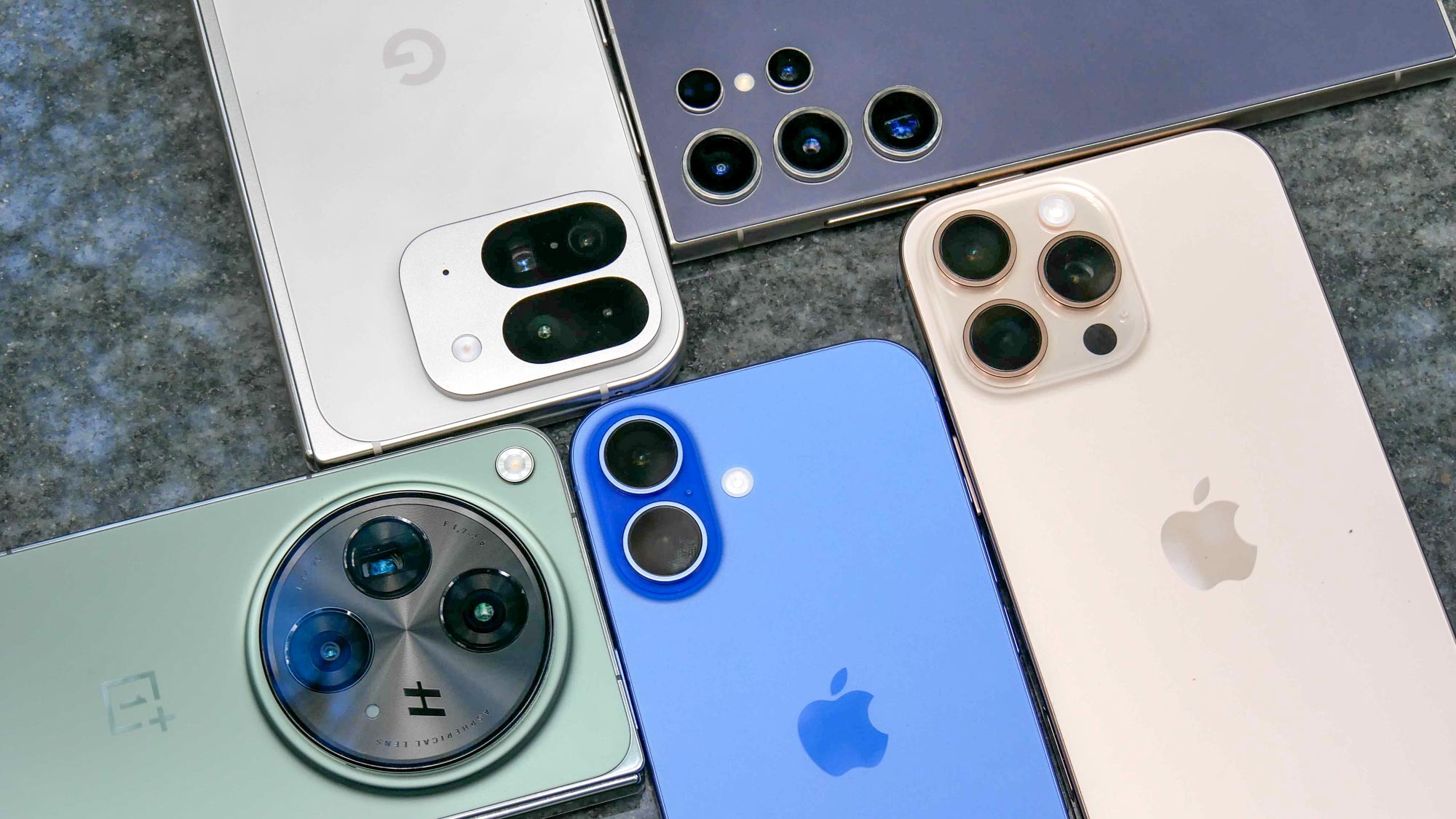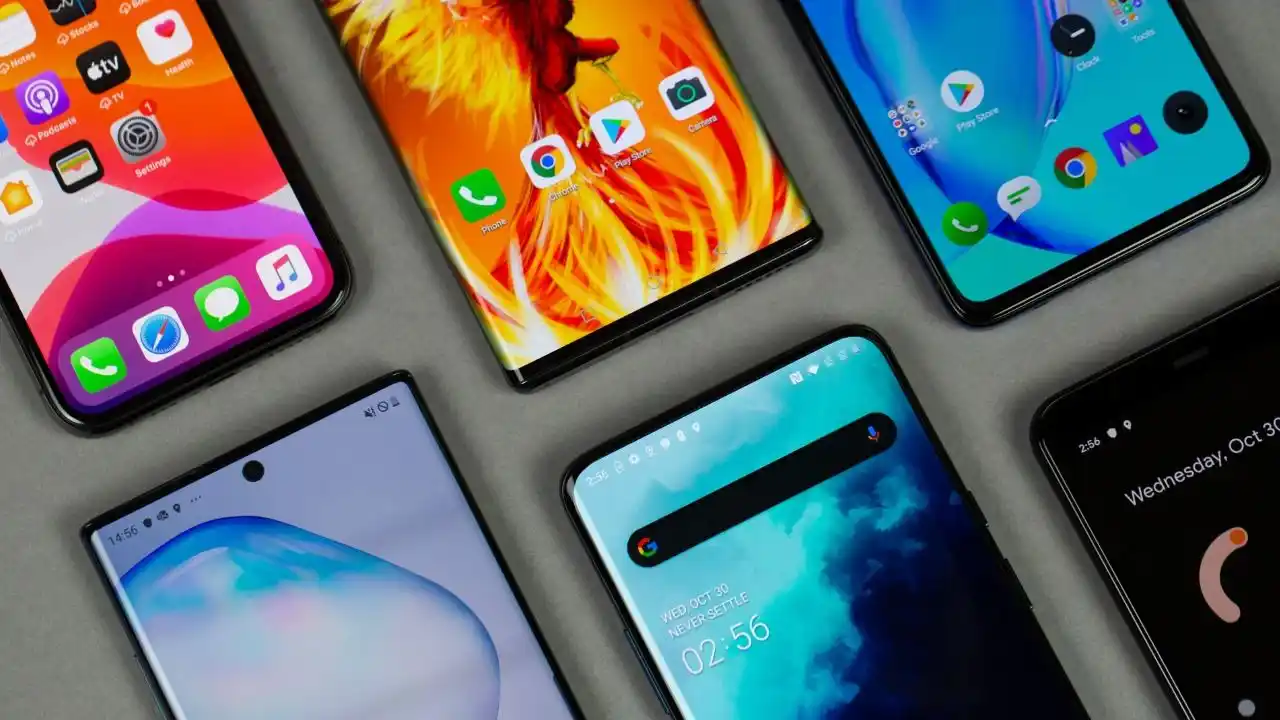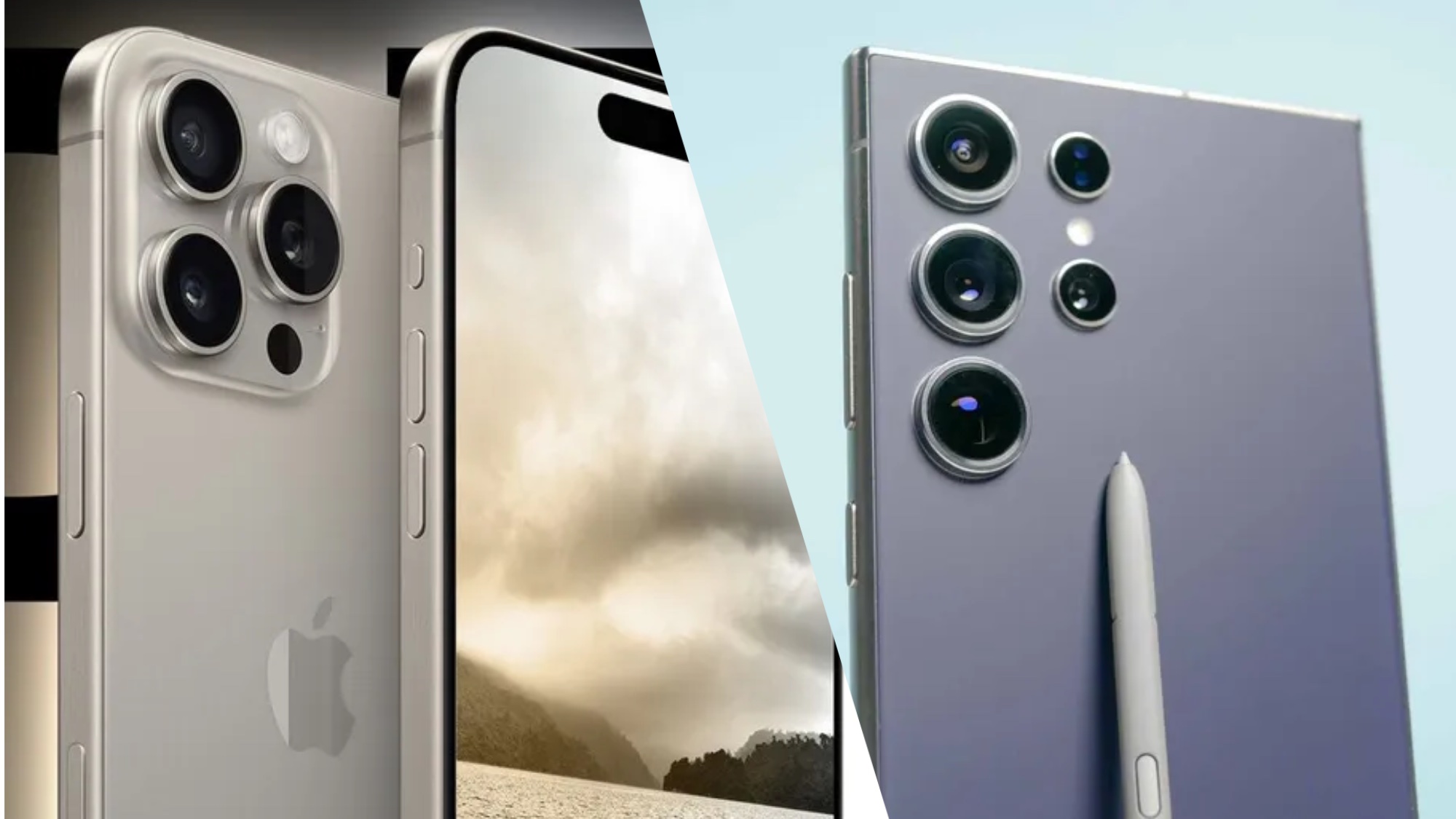Smartphone cameras have revolutionized photography, turning everyday users into skilled photographers. With advancements in mobile camera technology, choosing the right phone for photography has become more complex. This guide breaks down the key features that truly matter when selecting a smartphone camera to help you make an informed decision.
The Importance of Megapixels: More Isn’t Always Better
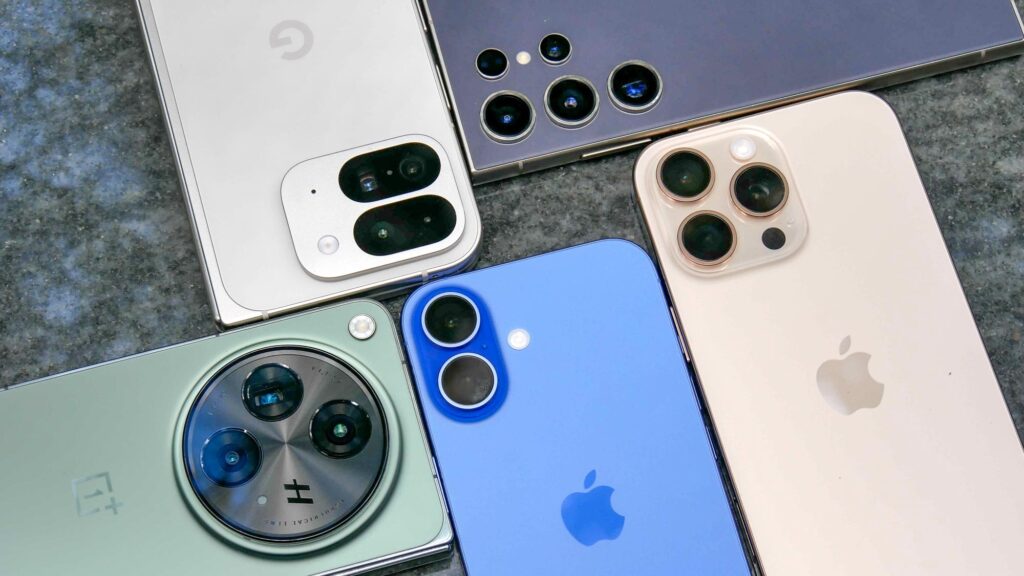
Many assume that a higher megapixel count means a better camera, but that’s not entirely true. While more megapixels can capture greater detail, factors like sensor size and image processing are just as important.
- Understanding Megapixels vs. Sensor Size
A 108MP camera might seem impressive, but if paired with a small sensor, it won’t perform well in low light. Larger sensors allow for more light intake, improving image quality. - Pixel Binning Technology
Many modern smartphones use pixel binning, which combines multiple pixels into one to enhance brightness and reduce noise in photos. A 48MP camera using pixel binning can produce stunning 12MP shots with enhanced clarity. - The Right Balance
Rather than chasing megapixels, look for phones with optimized sensor size, advanced computational photography, and good image processing software.
Sensor Size: The Real Game Changer
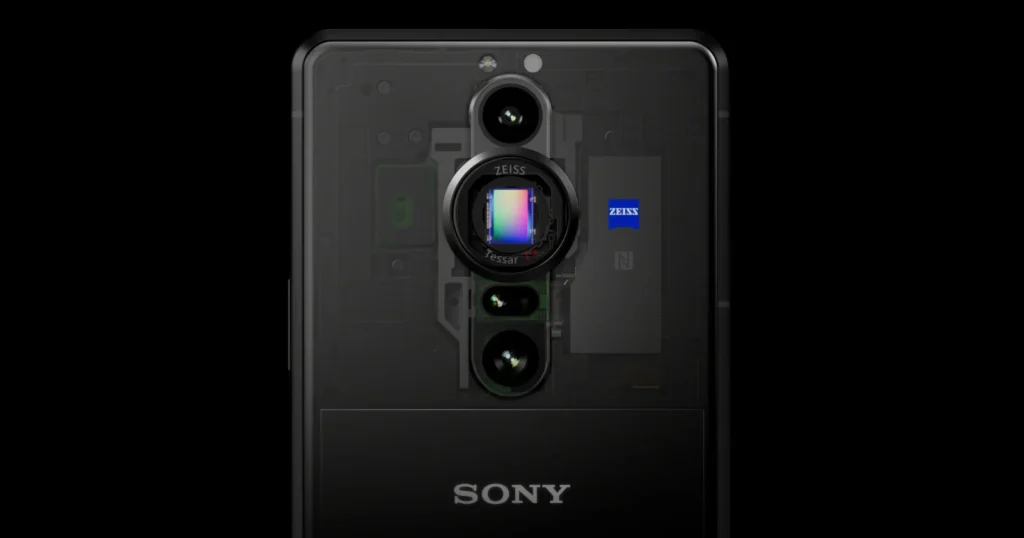
The sensor size is one of the most critical factors in smartphone photography. A larger sensor captures more light, leading to better image quality, particularly in low-light conditions.
- Why Sensor Size Matters
A bigger sensor collects more light per pixel, reducing noise and enhancing dynamic range. This is why flagship smartphones with large sensors produce DSLR-like photos. - Comparison of Sensor Sizes
Entry-level smartphones typically have 1/2.55-inch sensors, while high-end models feature 1-inch sensors, significantly improving image quality. Sony and Samsung lead in developing advanced mobile sensors. - Choosing the Right Sensor for Your Needs
If you shoot in challenging lighting conditions, opt for a phone with a larger sensor. Photographers who love natural-looking depth and detail should prioritize this feature.
Aperture: The Key to Stunning Low-Light Shots
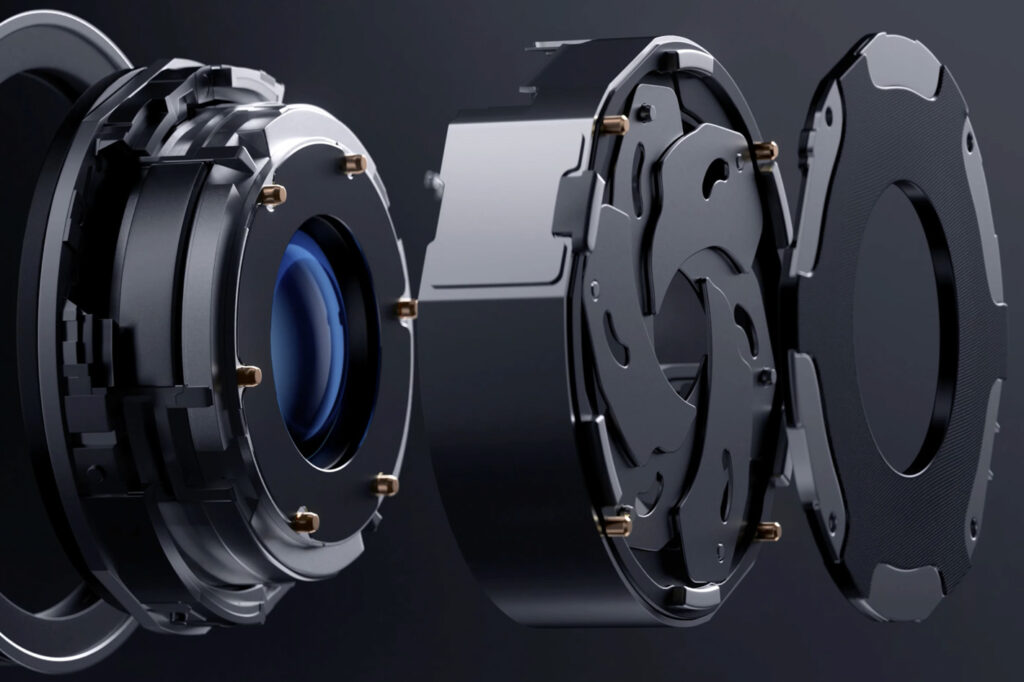
The aperture determines how much light enters the lens, directly affecting low-light performance and background blur (bokeh).
- Wide Aperture for Better Lighting
A lower f-number (e.g., f/1.6) means a wider aperture, allowing more light into the sensor, which improves night photography and motion shots. - Variable Aperture Technology
Some smartphones feature variable apertures, automatically adjusting between f/1.5 and f/2.4 to optimize image quality in different lighting conditions. - Balancing Aperture with Other Factors
A wide aperture alone isn’t enough—good image processing and sensor size must complement it to achieve optimal results.
Optical vs. Digital Zoom: Why It Matters
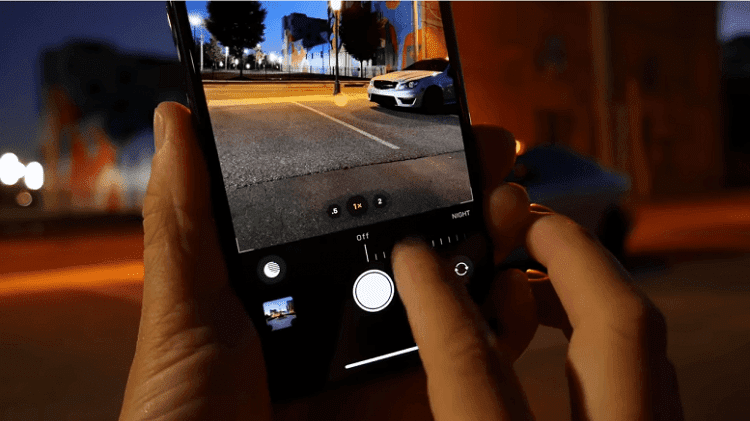
A powerful zoom lens enhances versatility, allowing users to capture detailed images from a distance without losing quality.
- Optical Zoom for True Detail
Optical zoom uses moving lenses to magnify an image without losing resolution. Phones with periscope zoom can achieve up to 10x optical magnification. - Hybrid and Digital Zoom
Hybrid zoom combines optical zoom with AI-powered enhancements. While digital zoom simply crops the image, resulting in loss of detail, modern AI algorithms improve clarity. - Choosing the Right Zoom Capability
If you frequently photograph distant subjects, opt for a phone with at least 3x optical zoom. Periscope lenses found in premium models offer the best results.
Computational Photography: AI-Powered Image Processing
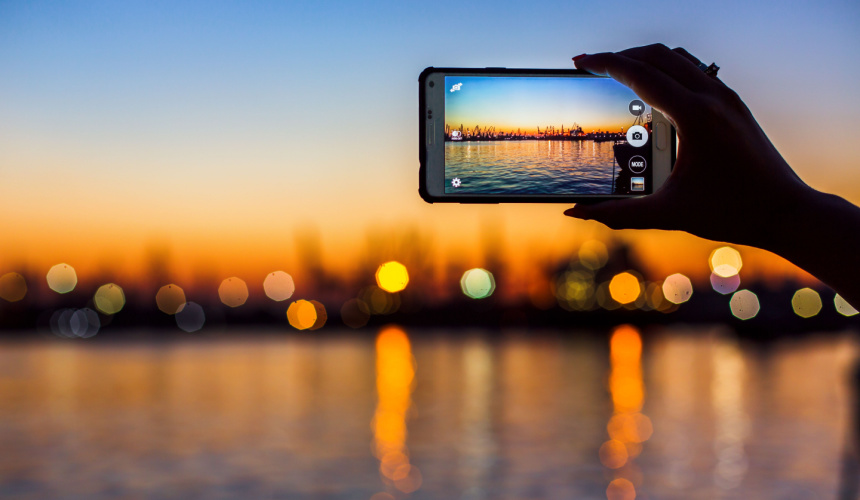
Smartphone cameras rely heavily on computational photography to enhance image quality, making software just as important as hardware.
- How AI Enhances Smartphone Photography
AI optimizes HDR, night mode, and portrait shots by analyzing multiple frames and combining them for the best result. Google’s Pixel series excels in AI-based image processing. - Night Mode and HDR+
Night mode stitches multiple exposures together to brighten dark scenes, while HDR+ balances highlights and shadows for well-exposed photos. - Machine Learning and Image Recognition
AI recognizes scenes, adjusts colors, and improves details based on real-time analysis, making even amateur photographers capture professional-looking shots.
Ultra-Wide and Macro Lenses: Expanding Creativity
Modern smartphone cameras now come equipped with multiple lenses, including ultra-wide and macro options, enabling creative compositions.
- Ultra-Wide Lenses for Landscapes
A 120-degree field of view captures expansive scenery without distortion, making it ideal for travel photography. - Macro Lenses for Close-Up Shots
Dedicated macro cameras or telephoto lenses with macro capability allow extreme close-ups of textures and small subjects, such as flowers or insects. - Choosing the Best Multi-Lens Setup
If you enjoy diverse photography, opt for a smartphone with a versatile triple or quad-camera system featuring wide, ultra-wide, and telephoto lenses.
Video Capabilities: More Than Just Resolution
Smartphone video recording has become just as important as photography, with features rivaling professional cameras.
- 4K and 8K Recording: Do You Need It?
While 8K recording offers extreme detail, most users benefit more from 4K 60fps with excellent stabilization for smoother footage. - Optical Image Stabilization (OIS) vs. Electronic Stabilization (EIS)
OIS physically moves the lens to counteract motion, while EIS digitally stabilizes footage. Phones with both provide the smoothest results. - Cinematic Features and Pro Modes
Features like Dolby Vision, ProRes recording, and manual controls give content creators professional-grade tools in their pockets.
Battery Life and Storage: The Unsung Heroes
A great smartphone camera needs reliable battery life and ample storage to support high-resolution photography and videography.
- Battery Efficiency with Camera Use
Camera apps drain batteries quickly, especially in video mode. Phones with larger batteries (4500mAh+) and optimized power management last longer. - Internal Storage vs. Cloud Backup
High-resolution images and 4K videos take up significant space. Phones with at least 128GB storage or expandable microSD slots are ideal for avid photographers. - Cloud Solutions and External Storage
Cloud backups, like Google Photos and iCloud, ensure you never run out of space, while external SSDs allow quick file transfers.
Future of Smartphone Cameras: What’s Next?
Innovation in smartphone cameras continues to push boundaries, bringing features once exclusive to DSLRs into pocket-sized devices.
- Under-Display Cameras and AI-Driven Enhancements
Brands are experimenting with invisible front cameras and AI-powered real-time editing to make photography seamless. - Foldable Phones and Advanced Lens Technology
Foldable smartphones introduce new possibilities, such as multi-angle shots and larger sensor integration in compact devices. - The Role of Computational Photography in the Future
AI and machine learning will continue to enhance smartphone cameras, making them smarter, faster, and more capable than ever before.
Conclusion
Choosing the best smartphone camera involves more than just looking at megapixels. Sensor size, aperture, AI-powered image processing, and optical zoom play crucial roles in determining overall performance. Whether you’re a casual photographer or a content creator, understanding these key features ensures you get the most out of your smartphone photography. As technology evolves, smartphone cameras will only get better, blurring the line between mobile photography and professional imaging.

